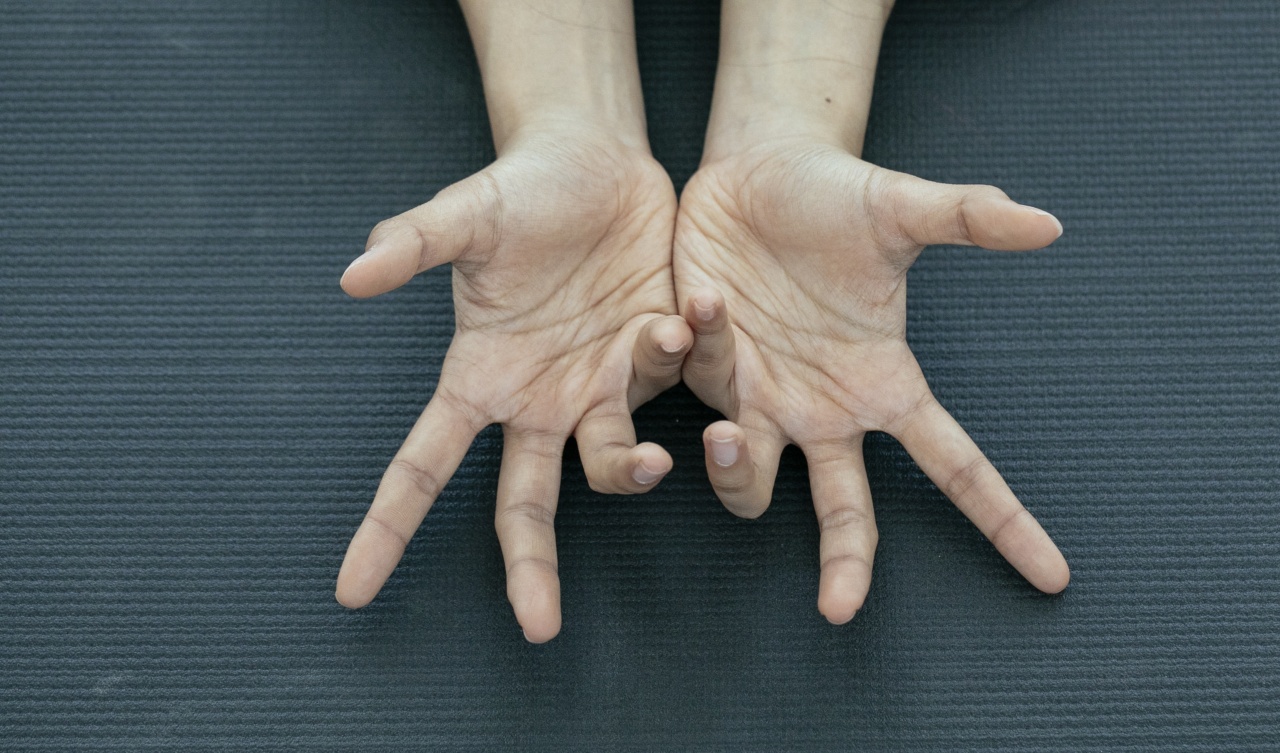Parkinson’s Disease is a neurodegenerative disorder that primarily affects the motor system, causing symptoms such as tremors, rigidity, and bradykinesia (slowness of movement).
However, there are several other disorders that can mimic Parkinson’s Disease, presenting similar symptoms and leading to diagnostic challenges.
1. Multiple System Atrophy (MSA)
Multiple System Atrophy is a rare neurodegenerative disorder that affects movement, autonomic functions, and balance. It shares some clinical features with Parkinson’s Disease, including parkinsonian symptoms like tremors and bradykinesia.
However, MSA typically progresses faster and causes additional symptoms such as orthostatic hypotension (low blood pressure upon standing), urinary incontinence, and other autonomic dysfunctions.
2. Essential Tremor
Essential Tremor is a common movement disorder characterized by involuntary shaking, typically involving the hands and arms.
Although it primarily manifests as tremors, it can sometimes be mistaken for Parkinson’s Disease due to the similarity of symptoms. Unlike Parkinson’s Disease tremors, essential tremors usually occur during purposeful movements rather than at rest. They often run in families and can be aggravated by emotional stress and caffeine consumption.
3. Corticobasal Degeneration (CBD)
Corticobasal Degeneration is a rare neurodegenerative disorder that affects movement and cognition.
It presents with a combination of parkinsonian symptoms (tremors, rigidity, bradykinesia), as well as cortical dysfunction, including apraxia (inability to perform purposeful movements) and cognitive impairments. CBD can be challenging to diagnose accurately, as its symptoms can mimic multiple different disorders.
4. Progressive Supranuclear Palsy (PSP)
Progressive Supranuclear Palsy is another rare neurodegenerative disorder that shares overlapping symptoms with Parkinson’s Disease. It primarily affects balance, coordination, and eye movements.
PSP can cause postural instability, frequent falls, and problems with focusing the eyes. Unlike Parkinson’s Disease, PSP typically presents with early and prominent eye movement abnormalities, including difficulties with vertical gaze.
5. Drug-Induced Parkinsonism
Some medications can induce parkinsonian symptoms, leading to drug-induced parkinsonism. The symptoms closely resemble those of Parkinson’s Disease and can include tremors, bradykinesia, and rigidity.
These symptoms typically develop after starting or increasing the dose of certain medications, such as antipsychotics used to treat psychiatric disorders. Drug-induced parkinsonism is usually reversible once the medication is discontinued or the dosage is adjusted.
6. Vascular Parkinsonism
Vascular Parkinsonism, also known as arteriosclerotic parkinsonism, is caused by small blood vessel damage within the brain. It can result from conditions such as multiple strokes or small vessel disease.
Vascular parkinsonism presents with similar motor symptoms to Parkinson’s Disease but is often accompanied by other signs of vascular damage, such as a history of stroke, cognitive impairment, and gait abnormalities. It tends to progress more rapidly than typical Parkinson’s Disease.
7. Wilson’s Disease
Wilson’s Disease is a genetic disorder leading to abnormal copper metabolism in the body. Copper buildup can affect various organs, including the brain.
Symptoms often start in childhood or adolescence and can include parkinsonian features such as tremors, dystonia (involuntary muscle contractions), and dysarthria (speech difficulties). Other signs of Wilson’s Disease may involve liver problems, psychiatric symptoms, and Kayser-Fleischer rings (copper deposition in the cornea).
8. Benign Hereditary Chorea
Benign Hereditary Chorea is an inherited disorder characterized by brief, involuntary, and irregular movements.
Although chorea is the primary symptom, individuals affected by this disorder may also present with parkinsonian features like tremors and dystonia. Unlike Parkinson’s Disease, the symptoms typically do not worsen over time and may even improve with age.
9. Huntington’s Disease
Huntington’s Disease is a genetic disorder that causes the progressive degeneration of nerve cells in the brain. It commonly presents with involuntary movements, including chorea.
However, in some cases, individuals with Huntington’s Disease may initially exhibit symptoms similar to Parkinson’s Disease, such as rigidity and bradykinesia. As the disease progresses, the chorea becomes more pronounced.
10. Dementia with Lewy Bodies (DLB)
Dementia with Lewy Bodies is a neurodegenerative disorder characterized by the presence of abnormal protein deposits (Lewy bodies) in the brain. It shares clinical features with both Parkinson’s Disease and dementia.
Individuals with DLB may experience parkinsonian symptoms, cognitive decline, visual hallucinations, and fluctuations in attention and alertness. The distinction between Parkinson’s Disease and DLB can be challenging, as both disorders can coexist.



























